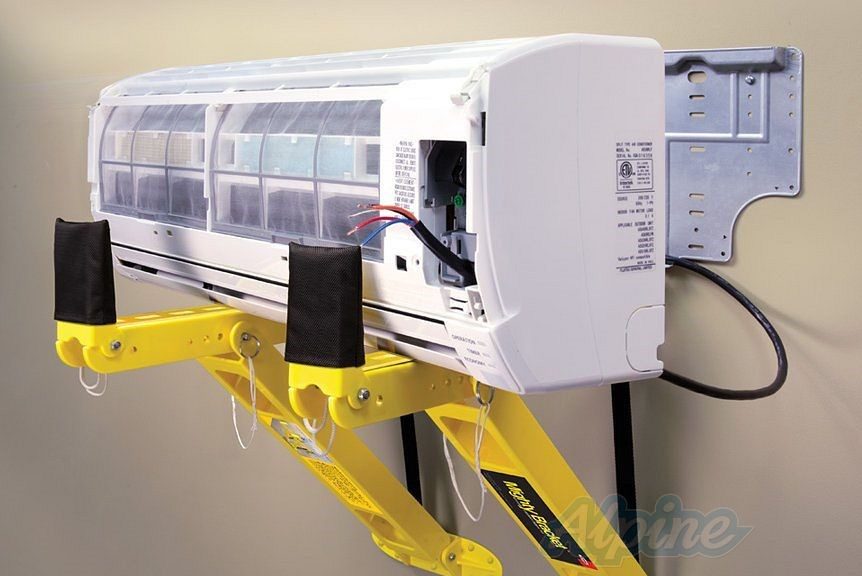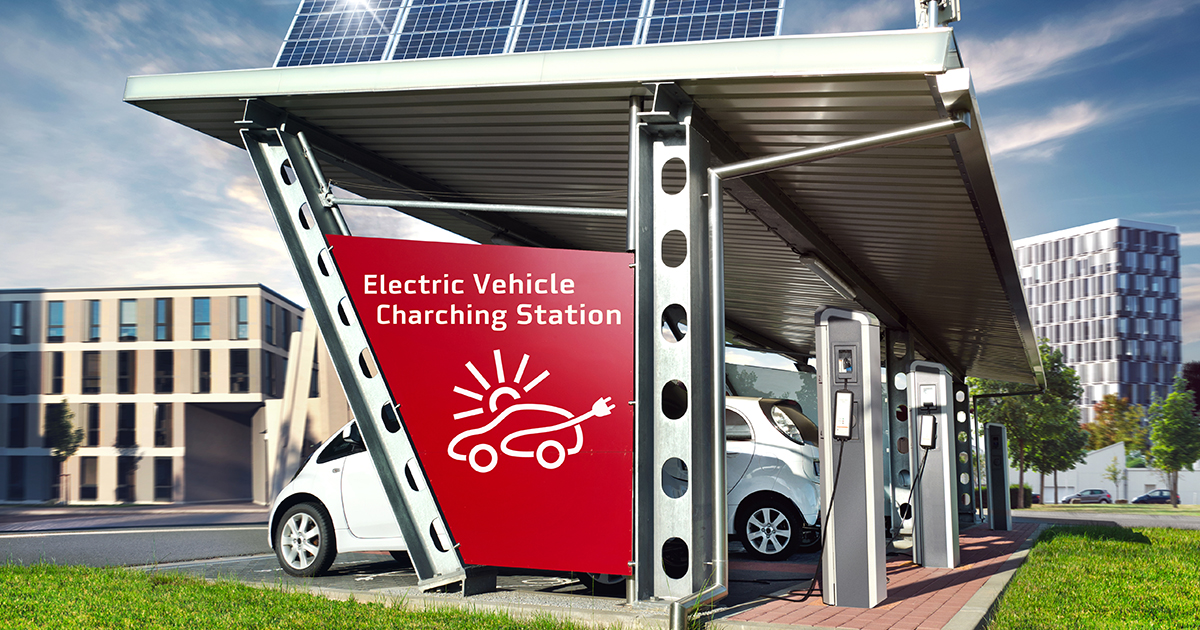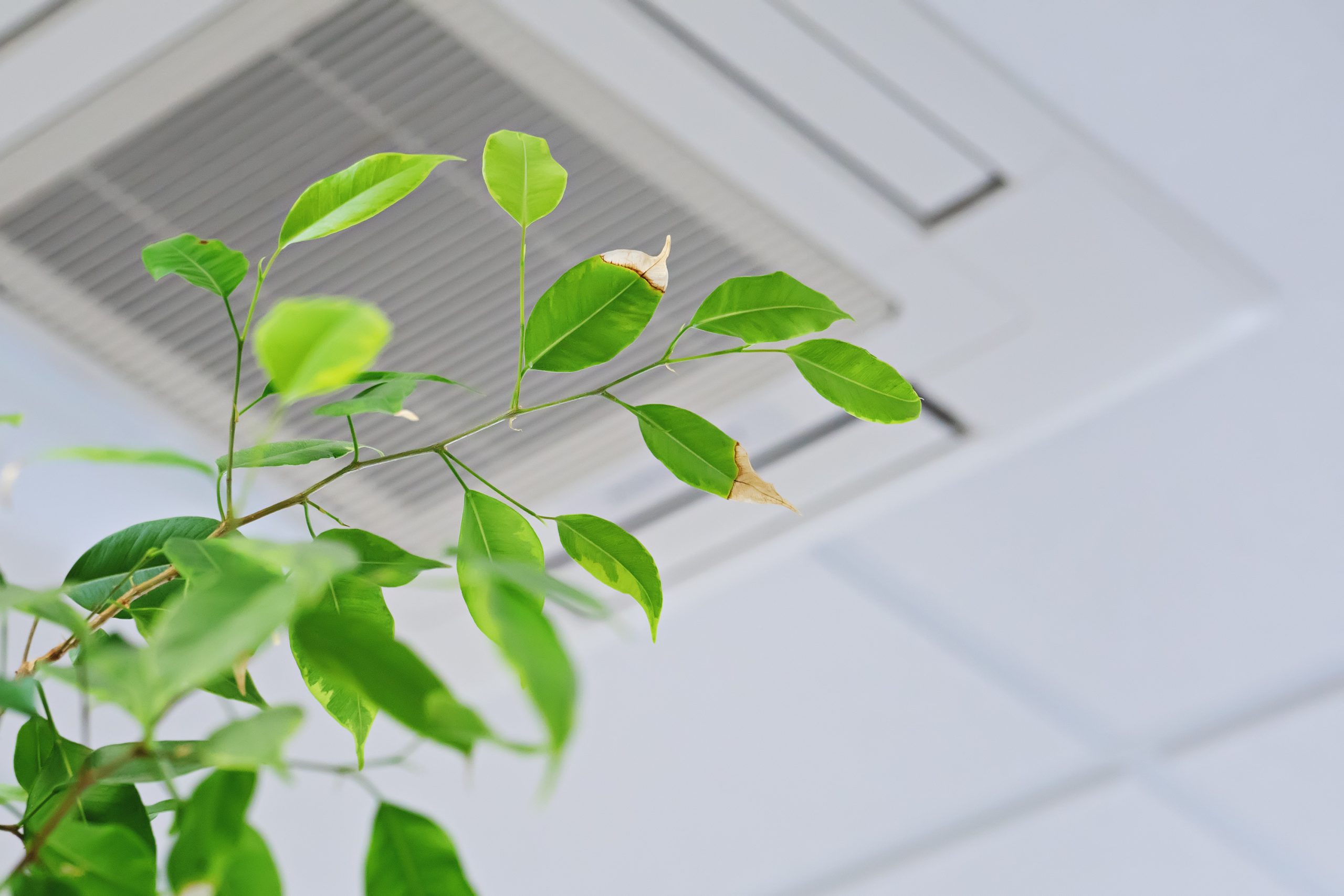
Low-temperature heating
Low-temperature heating systems operate at temperatures between 30 °C and 50 °C, compared with conventional hot-water heating, which can reach temperatures of 90 °C.
Energy efficiency
A key benefit of low-temperature heating is its suitability to low-cost heat production methods. Typically, this is a heat pump. When heat energy is pumped in from outdoors, often at sub-zero temperatures, compression is needed to change the state of the refrigerant fluid and raise the temperature, which requires energy. Less energy is required for a low heating temperature than for a higher heating temperature, so the heat is produced more energy efficiently than in conventional systems.
Comfort
When heat is emitted at a lower temperature, thermal gradients are reduced, because the temperature of the heat emitters is close to the ambient air temperature. This improves comfort inside the building, and also increases energy efficiency, because there are fewer losses due to air movement.
- Radiant floor
The radiant floor is the ideal low-temperature heat emitter: it emits heat mainly through radiation, and from the lowest point. It differs here from traditional radiators, which emit heat mostly through convection – contact with the flow of warm air – because their surface area is smaller, as do electric convection heaters.
Radiation provides a gentle and consistent heat. The vertical temperature gradient is virtually nil, ensuring maximum comfort.

- Low-temperature radiators
Low-temperature radiators operate at temperatures between 35 °C and 50 °C. To compensate for the low temperature, they have a larger exchange surface than traditional radiators of equivalent power. This is a factor to consider when planning a project, especially a renovation.
Low-temperature radiators are a compelling alternative to radiant floor heating where installing the latter would be overly complex.

Sizing
Simply put, the power of a low-temperature heating system is lower. It therefore requires a well-insulated building to minimise losses. Emitters need to be larger, and the pipes are wider. Appropriate heat production is also a central element of a low-temperature heating system.
- Heat pump
A heat pump is a device that draws energy from a low-temperature medium (air, water, or the ground) and transfers it into a heating system (see the “Heat Pumps” article published on 16/02/2021).
- Condensing boiler
Condensing boilers are the most widespread alternative to heat pumps. They allow recovery of the latent heat contained in exhaust fumes, improving overall efficiency by up to 11% with gas and 7% with fuel oil.

Did you like the article ?


